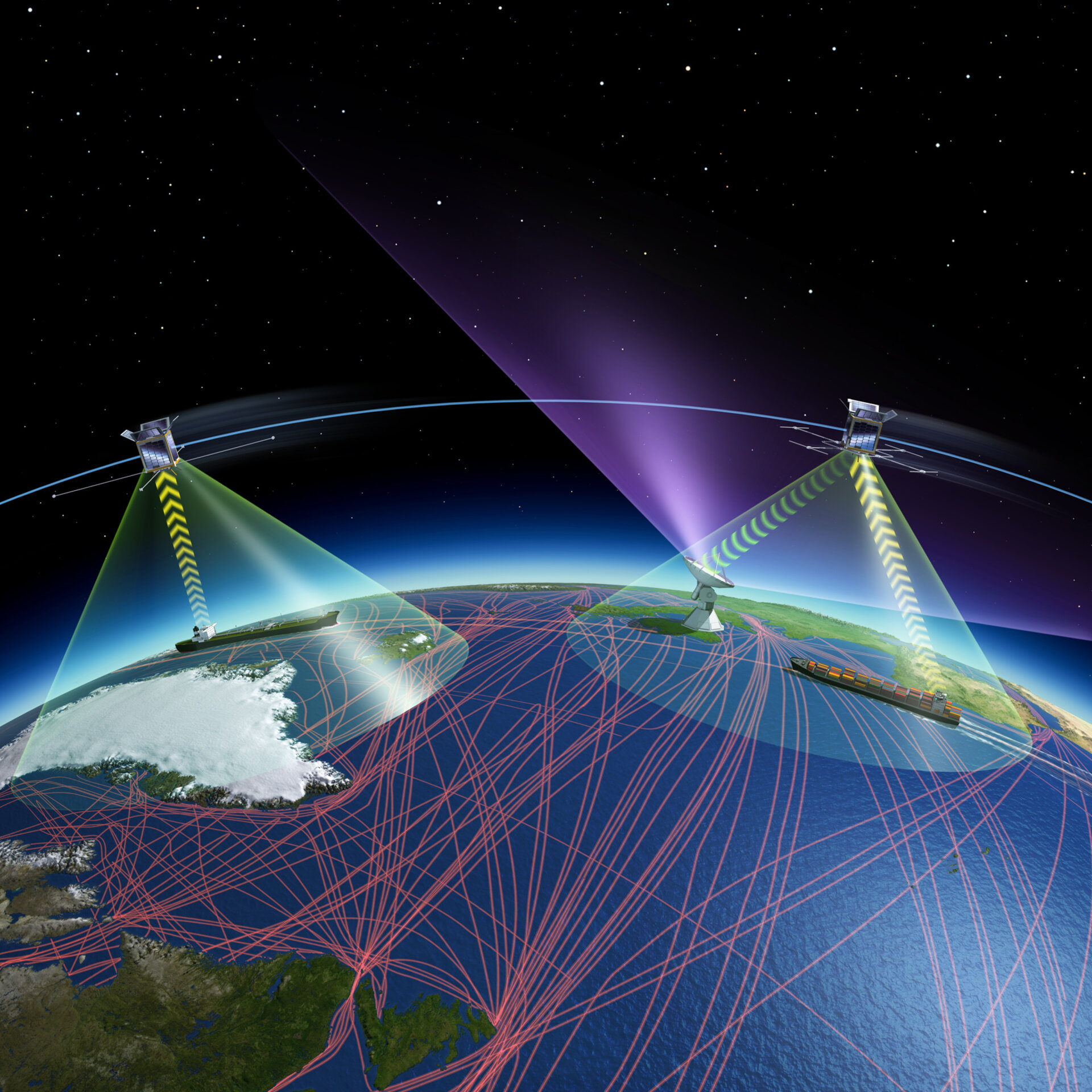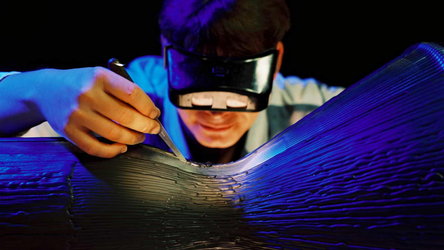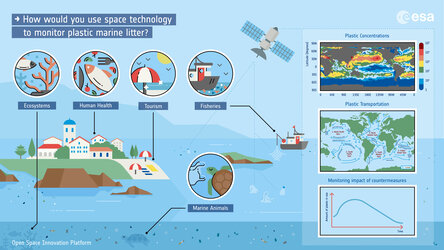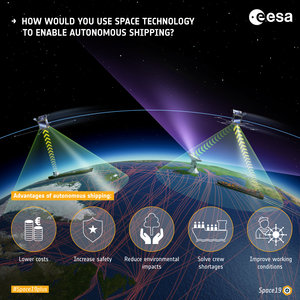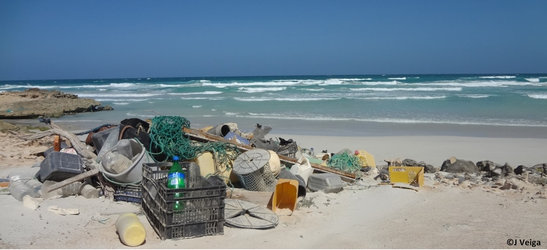Seeking innovative ideas: space for the oceans
ESA seeks your ideas for applying space technology to Earth-based problems. Through the Open Space Innovation Platform, a new challenge-based website, the Agency is hunting out bright ideas to monitor plastic waste polluting the oceans, and to improve the self-steering abilities of ships.
Detecting and monitoring plastic marine litter
With about ten million tonnes of plastic entering the ocean each year, wildlife and ecosystems are suffering, and the economic impact on coastal communities, tourism and fisheries is huge. Monitoring this plastic is incredibly difficult from Earth’s surface, as it’s impossible to see a lot of the ocean at once. Space represents a more promising vantage point; however satellites cannot detect plastic marine litter - at least, not yet.

“We want to be able to directly detect and track seaborne plastic using satellites,” explains ESA’s Paolo Corradi, who is overseeing the hunt for new ideas to monitor plastic litter. “Not only would this have a drastic impact from a scientific viewpoint, but such an overview would also contribute to preventing the increasing amounts of plastic marine litter worldwide, and even reducing the amount that is currently in our oceans.”
Solutions to plastic litter could include measuring plastic concentrations, identifying how the litter is transported around the world, and identifying sources and sinks of plastic marine litter. ESA welcomes innovative ideas that support the detection and monitoring of different types of plastic, both for the oceans and freshwater systems.
Enabling harbour-to-harbour autonomous shipping
ESA is also seeking ideas that would contribute to enabling the increased adoption of autonomous shipping. This could significantly lower shipping costs, increase safety, solve anticipated crew shortages, and improve working conditions.
Leading the search for ideas, ESA’s David Jimenez expands, “Autonomous shipping relies on accurate and continuously-available navigation support, as well as up-to-date information from Earth observation satellites. However, existing satellite navigation systems alone are not enough, especially for ships coming into highly-trafficked ports where precision is essential, as well as those in the Arctic.”
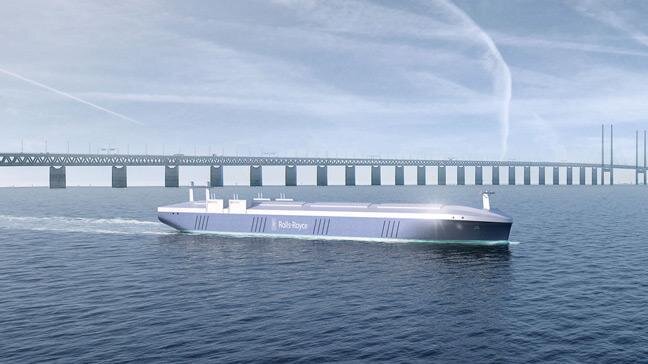
Navigation satellites are only visible at low inclinations in high polar regions, and their signals can be disrupted by interference from the ionosphere, the electrically active segment of the atmosphere – the same phenomenon that creates the Northern Lights.
A variety of options exist for improving current techniques, including combining satellite data with terrestrial data to ensure worldwide coverage, and developing new satellite networks that can provide more accurate and guaranteed positioning. Furthermore autonomous shipping could be revolutionised with new systems designed specifically to monitor harbours, and through combining different systems using artificial intelligence.
“Ships are becoming increasingly independent, but so far complete autonomy has not been attainable,” continues David. “Achieving this aim would lead to more efficient and competitive shipping, whilst reducing the industry’s environmental impact.”
Discovery & Preparation
OSIP is run through ESA's Discovery & Preparation programme, which forms part of ESA’s Basic Activities. Working with and across all ESA programmes, Discovery & Preparation lays the groundwork for ESA’s short- to medium-term future activities.
“Via OSIP, we are addressing the most relevant challenges in space, and enabling parnters to work with ESA on activities that seek the best solutions,” concludes Ian Carnelli, Manager of ESA’s Discovery & Preparation activities. “These activities could include studies, early technology developments and research co-sponsorships addressing novel and innovative subjects. So share your ideas with us through OSIP and help shape the future of space research.”
“This is a broad invitation to interact on the definition of future space activities and on how space can help address the big challenges society faces," notes Chiara Manfletti, programme advisor to the Director General. “It is both an indication of the deep transformation that space is undergoing as well as a tool to enable this transformation.”


